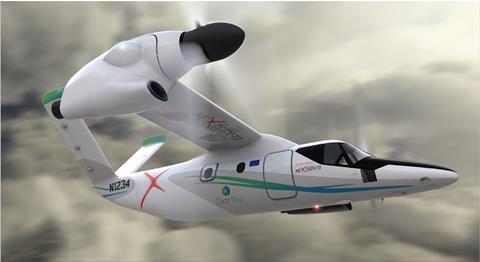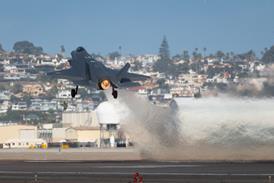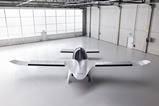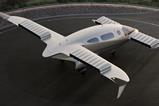Leonardo Helicopters’ concept design study for NATO’s future rotorcraft programme is likely to combine elements from the company’s two in-development tiltrotors, according to the airframer’s chief engineer.
In July, three companies – Airbus Helicopters, Leonardo Helicopters and Sikorsky – were each awarded $6 million contracts to carry out concept design studies under the NATO Next-Generation Rotorcraft Capability (NGRC) project.

Leonardo is partnered with follow tiltrotor champion Bell for the effort, leading to speculation that the latter’s V-280 – a design already selected by the US Army for its Future Long Range Assault Aircraft requirement – would have an outsize influence on the concept to be submitted next year.
But Matteo Ragazzi, senior vice-president of engineering and innovation, says the concept design will combine technologies from its AW609 and Next Generation Civil Tiltrotor (NGCTR) – an aircraft demonstrator due to fly in 2025.
Ragazzi, speaking to FlightGlobal at the recent European Rotors event, said it is too early to say exactly what the eventual concept will look like, not least that the precise configuration will depend on the appetite of the NGRC partner nations to accept a design that is harder to achieve but which could offer more benefits.
So far, the NATO Support & Procurement Agency (NSPA) that is managing the project has only released a set of broad attributes for the future rotorcraft rather than detailed requirements – a step that will only come in the next phase of NGRC.
As such there is a “trade space”, offering the manufacturers “de facto potential to make very different choices [to achieve] very different solutions” depending on which attributes – speed, range or capacity – are prioritised.
“Where are the areas where we would accept [development] risk because the potential benefits are valuable?
“We have not yet taken a decision,” says Ragazzi. “The luxury we have with our experience is that we can tell what is feasible.”
Besides the partnership with Bell, Leonardo Helicopters is working with GE Aerospace, Hensoldt – in which it holds a stake – Leonardo DRS, MBDA, Dutch aerospace research institute NLR, Rolls-Royce and Safran.
Leonardo Helicopters is “shaping the work packages” for its partners involved in the concept study, adds Ragazzi.
Meanwhile, he expects the first untethered ground runs of the NGCTR demonstrator to take place before the end of this year, leading to a maiden sortie in 2025 – a slight delay on its previous late-2024 target. Initial ground runs took place in summer following completion of final assembly in June.
Part of the EU’s Clean Sky 2 initiative, the demonstrator builds on the AW609 programme – still inching towards certification – adding new manufacturing techniques and an adapted configuration for better efficiency.
Additionally, Leonardo Helicopters has now brought the engineering teams from the AW609 and NGCTR together to provide more resources for both programmes.






























